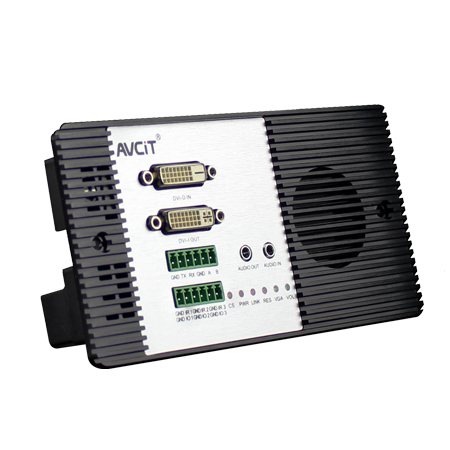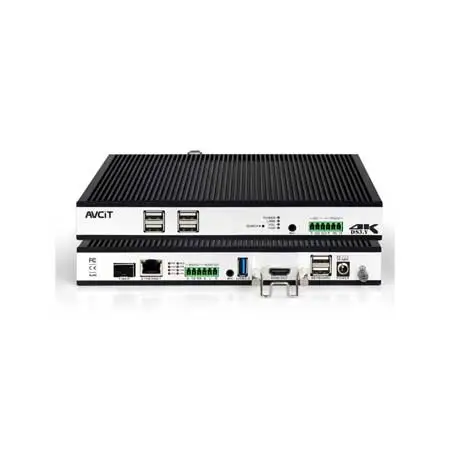The Connected Airport: How AVCiT's AI Edge Computing Platform Transforms Safety and Efficiency
1. Airports Need Real-Time Intelligence
Airports are complex ecosystems where passengers, flights, cargo, and ground services must move in sync. A minor delay in one area can quickly ripple through the entire network. To keep journeys safe and seamless, airports need more than monitoring - they need intelligence at the source of action.
That is the role of AVCiT's AI Edge Computing Platform, a compact edge-computing solution designed to bring real-time decision-making directly into the airport environment.
2. The AI Edge Computing Platform at the Heart of Airport Operations
The platform is a powerful yet flexible edge-computing solution. Installed close to where data is generated — in terminals, security lanes, baggage halls, or cargo facilities - it processes information locally, without waiting for remote servers.
This approach eliminates delays, reduces reliance on cloud infrastructure, and ensures critical insights reach staff instantly. Each deployment can run advanced analytics tailored to its environment, from identifying risks in crowded terminals to guiding baggage vehicles safely on the tarmac.
By distributing intelligence across the airport, AVCiT's AI Edge Computing Platform creates a network of smart nodes that work together to keep operations smooth, safe, and efficient.
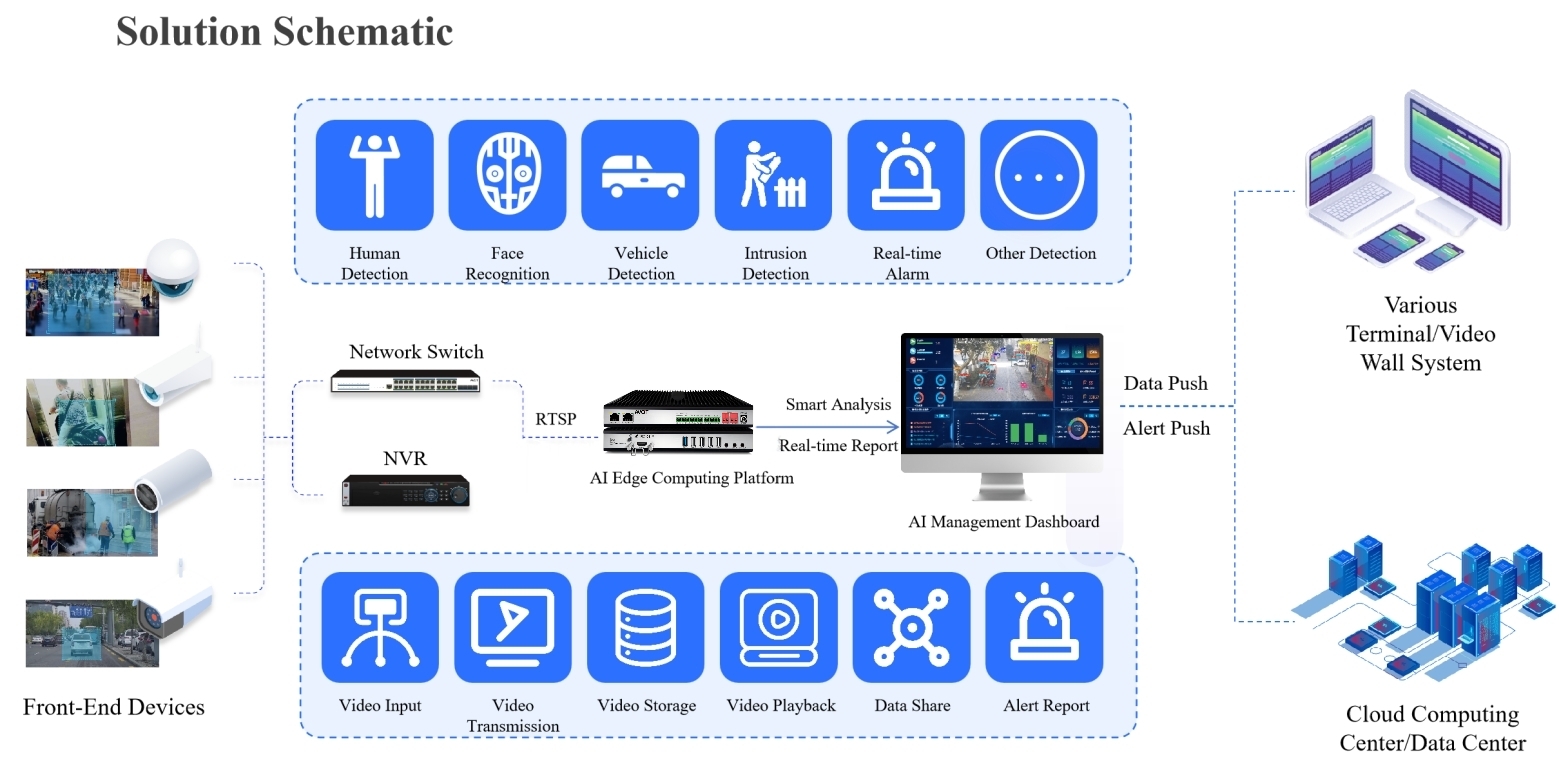
3. Applications Across the Airport
3.1 Operations Center Integration
In the Airport Operations Center (AOC), traditional systems force operators to sift through siloed data. The platform changes this. Each device, installed at the edge - whether in terminals, baggage halls, or runways - processes data locally and pushes ready-made insights directly into the AOC.
Instead of drowning in hundreds of video feeds, operators receive triaged alerts:
A sudden build-up at security gates.
An unattended bag at a boarding lounge.
An AGV slowing abnormally near a cargo bay.
These alerts arrive in real time with visual verification, so decisions can be made in seconds. With the platform distributed across the airport, the AOC becomes less about passive monitoring and more about orchestration powered by local intelligence.
3.2 Passenger Flow Management
The platform is built to handle video-intensive workloads that cloud systems often struggle with. Deployed in terminals, it analyses live video streams from dozens of cameras simultaneously, running algorithms for:
Crowd density and movement patterns.
Detection of over 20 behavioral anomalies, from queue jumping to restricted-area access.
ID and boarding pass verification through optical recognition.
Because the platform works at the edge, analysis happens instantly - queues can be rebalanced in real time, extra staff dispatched, or boarding gates opened dynamically.
Passengers notice shorter waits, while staff no longer waste effort scanning endless CCTV screens.
3.3 Security and Screening
Security is one of the most resource-intensive airport functions. The platform helps by:
Running AI-assisted X-ray image analysis, highlighting suspicious shapes for staff review.
Verifying IDs and travel documents automatically, reducing manual errors.
Supporting frictionless access control, where passengers pass through smart gates guided by facial recognition.
Because AVCiT's AI Edge Computing Platform does not depend on sending sensitive data to the cloud, it also improves data security and compliance, which is critical in regulated environments.
3.4 Baggage and Cargo Reliability
AVCiT's platform integrates seamlessly with baggage reconciliation and cargo systems:
RFID + AI video cross-checking ensures that every bag is matched to the right passenger.
AI-driven anomaly detection identifies potential hazards like smoke or fire in baggage halls.
Cargo movement is guided by AI-controlled AGVs, which receive collision-avoidance instructions in real time.
Digital twin visualisation gives operators a live map of assets, containers, and vehicles.
By embedding intelligence locally, the platform creates a continuous chain of trust from check-in counter to aircraft cargo hold.
3.5 Emergency Preparedness
During emergencies, response time is everything. AVCiT's AI Edge Computing Platform, positioned at key locations, acts as the first responder by processing signals instantly and pushing verified alerts across the network. It can:
Detect anomalies such as sudden collapses, unattended crowds, or fire signatures.
Trigger automated response protocols that notify fire, medical, and police teams simultaneously.
Stream verified incident data straight to the AOC and video walls, ensuring all stakeholders share the same live picture.
Example scenarios:
A medical emergency in a terminal is flagged instantly, with location details sent directly to paramedics, reducing response times dramatically.
Early smoke detection in a cargo hall prompts immediate evacuation and fire-team dispatch before the situation escalates.
Unauthorized entry into a restricted area is identified and contained with instant lockdown commands.
Instead of waiting for fragmented updates, every stakeholder receives consistent, verified information in seconds. This makes emergency coordination faster, structured, and more reliable.
4. Why AVCiT's AI Edge Computing Platform Is Different

In the airport technology landscape, many solutions claim to deliver automation and real-time insight. Yet most depend heavily on central servers or cloud processing, which creates delays, increases costs, and introduces vulnerabilities. AVCiT's AI Edge Computing Platform takes a fundamentally different approach by bringing intelligence to the edge.
4.1 Decentralized Intelligence
Unlike server-heavy systems that funnel all data into a single control point, the platform processes information locally. Each unit acts as a mini command center, filtering noise, detecting anomalies, and generating actionable alerts right at the source. This removes bottlenecks and ensures critical insights are never delayed.
4.2 Low Latency for Mission-Critical Environments
Airports operate in seconds, not minutes. A delayed baggage alert or a slow security response can cascade into widespread disruption. By eliminating the need to send raw data to the cloud for analysis, the platform provides near-instant feedback, enabling staff to react in real time. Whether it’s detecting smoke in a baggage hall or identifying a security anomaly, the difference between milliseconds and minutes matters.
4.3 Scalable by Design
The platform is not a one-size-fits-all server rack locked in a data room. It is compact, modular, and deployable zone by zone. Airports can start with a small rollout - for example, placing units at a handful of checkpoints - and expand gradually until every terminal, gate, and cargo bay has its own intelligence node. This incremental scalability makes digital transformation achievable without major disruption or financial strain.
4.4 Built for Reliability
Mission-critical environments demand solutions that work 24/7 without fail. The platform is designed with this in mind:
Edge-first architecture keeps core functions online even if the wider network is unstable.
Redundant power support ensures continuity during outages.
Hardened operating system minimizes vulnerabilities.
This means airports can trust AVCiT's AI Edge Computing Platform to deliver consistent performance in any condition.
4.5 Efficiency with Existing Infrastructure
Airports often hesitate to adopt new systems because upgrades require costly overhauls of IT and network infrastructure. The platform avoids this barrier. It operates seamlessly on standard gigabit Ethernet networks — no expensive rewiring or high-bandwidth cloud contracts required. By leveraging what airports already have in place, the platform lowers the cost of modernization while still delivering cutting-edge performance.
4.6 Secure and Compliant
Data security is a growing concern, particularly in regulated environments. Unlike cloud-dependent models where sensitive passenger or cargo data leaves the airport perimeter, the platform keeps processing local. This ensures compliance with strict data-protection standards while reducing exposure to cyber threats.
In summary: AVCiT’s AI Edge Computing Platform is more than an AI processor; it is a scalable, resilient, and secure foundation for the connected airport. By combining decentralized intelligence, instant decision-making, and efficient deployment, it offers airports a practical and future-ready path to safer, smarter operations.
5. Outcomes That Matter
Airports that deploy AVCiT's AI Edge Computing Platform see outcomes not just in efficiency but also in safety, resilience, and cost-effectiveness.
5.1 Passenger Experience
Shorter queues: Dynamic lane allocation and faster document verification reduce bottlenecks.
Reduced false alarms: AI-assisted screening ensures smoother flow without unnecessary delays.
Frictionless travel: Smart gates and real-time alerts keep journeys stress-free.
5.2 Safety and Security
Predictive detection: Risks like smoke, unauthorised access, or abnormal behaviour are flagged early.
Integrated emergency response: All agencies operate on the same live information, improving crisis outcomes.
Data protection: Local processing means sensitive passenger data does not need to leave the airport.
5.3 Operational Efficiency
Staff focus on actionable alerts, not endless monitoring.
Cognitive load is reduced, errors drop, and resources are allocated dynamically.
Compact deployment means intelligence can be added where it’s needed without redesigning infrastructure.
5.4 Logistics Reliability
Improved reconciliation rates: RFID + AI video matching dramatically reduces mishandled baggage.
Traceable cargo: Movements are visible end-to-end, minimising delays and errors.
Safe AGV operations: Vehicles are guided by real-time instructions, avoiding collisions and maintaining flow.
5.5 Cost and Scalability
Airports can start with one deployment per zone and expand gradually.
Runs on existing gigabit infrastructure — no need for costly backbone upgrades.
Lower reliance on cloud servers reduces bandwidth costs and increases resilience.
Validation and proof: AVCiT supports every deployment with data-driven performance metrics — queue times, baggage reconciliation rates, and false alarm reductions - before and after rollout. Integration with the AOC, digital twin simulations, and continuous AI model refinement ensure the platform keeps improving over time.
6. Conclusion: The Future of the Connected Airport
Airports that adopt edge intelligence today are not only improving daily operations — they are preparing for a more connected and resilient future.
With AVCiT's AI Edge Computing Platform, intelligence is no longer centralized or delayed. It is distributed, instant, and actionable, ensuring that every part of the airport ecosystem works in harmony. From streamlining passenger journeys to securing baggage logistics and accelerating emergency response, the platform is redefining how airports operate.
Looking ahead, the airports that thrive will be those that embed intelligence at every level of operation. With AVCiT's AI Edge Computing Platform, that future is already within reach.
Discover how AVCiT's AI Edge Computing Platform brings intelligence to the edge of your airport operations.
Email: inquiry@avcit.com
Phone: +86-20-8930-1184
LinkedIn: AVCiT Technology
YouTube: www.youtube.com/@avcittechnology








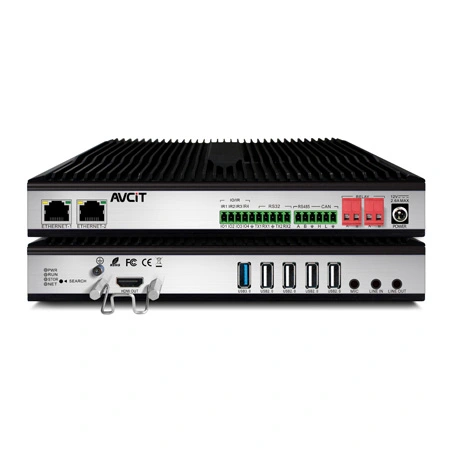 AIVC-16CH AI BOX
AIVC-16CH AI BOX
 2K HDMI Video Codec
2K HDMI Video Codec
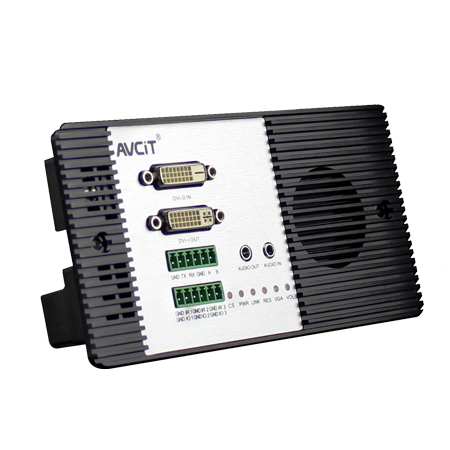 2K DVI Video Codec
2K DVI Video Codec
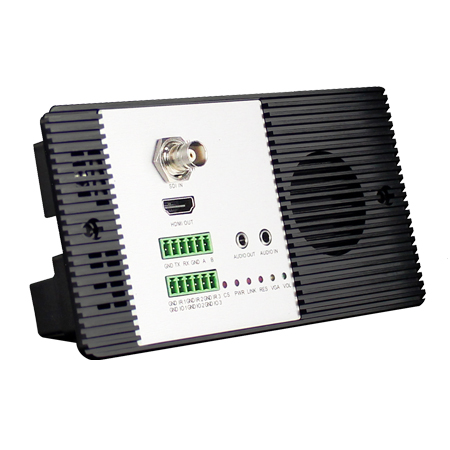 2K SDI Video Codec
2K SDI Video Codec
 2K HDMI Video Encoder
2K HDMI Video Encoder
 2K DVI Video Encoder
2K DVI Video Encoder
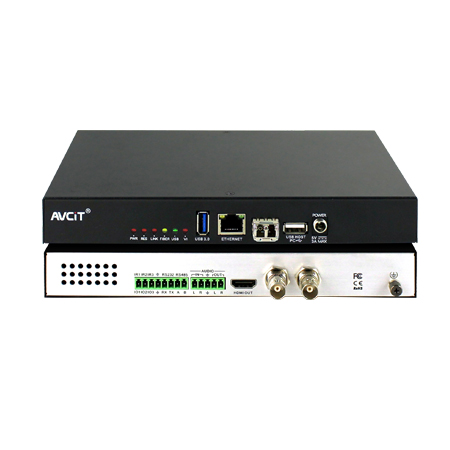 2K SDI Video Encoder
2K SDI Video Encoder
 2K VGA Video Encoder
2K VGA Video Encoder
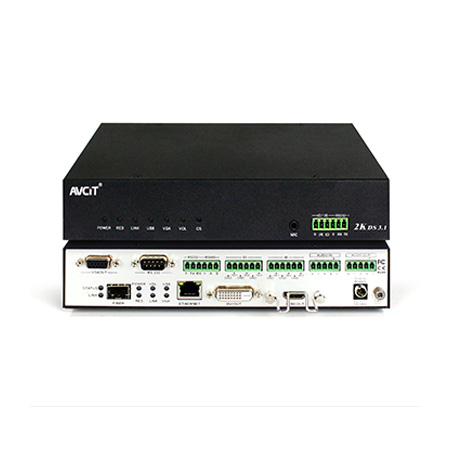 2K Video Wall Decoder (HDMI+DVI)
2K Video Wall Decoder (HDMI+DVI)
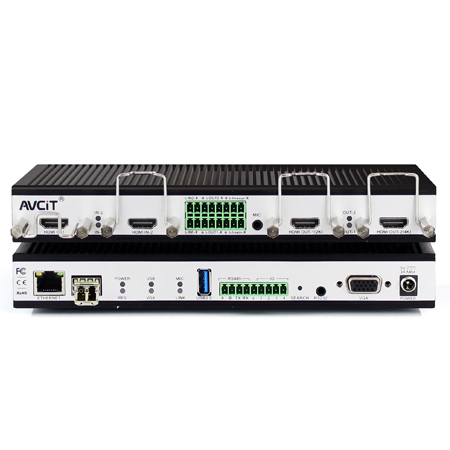 4K HDMI Video Encoder
4K HDMI Video Encoder
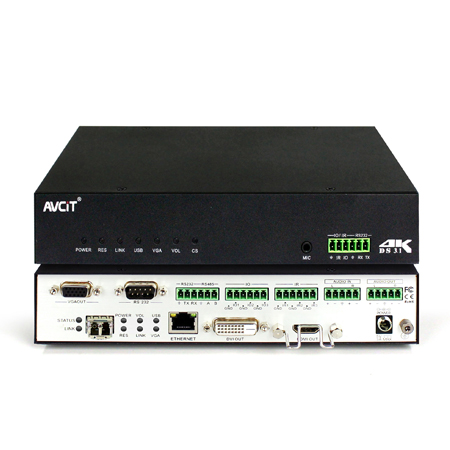 4K HDMI Video Decoder
4K HDMI Video Decoder
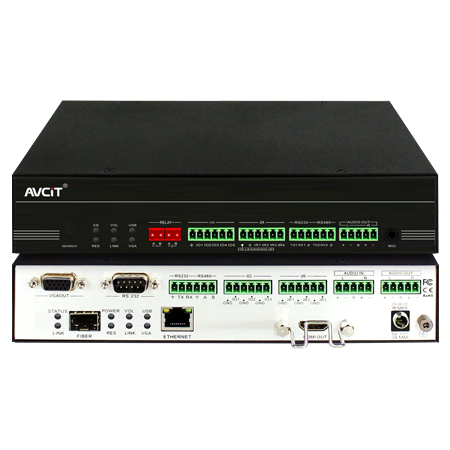 4K HDMI Video Wall Decoder
4K HDMI Video Wall Decoder
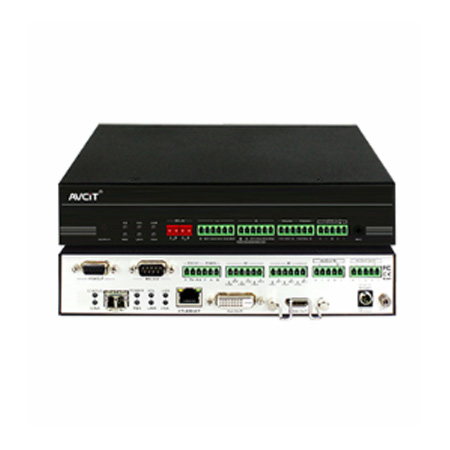 4K HDMI + DVI Video Wall Decoder
4K HDMI + DVI Video Wall Decoder
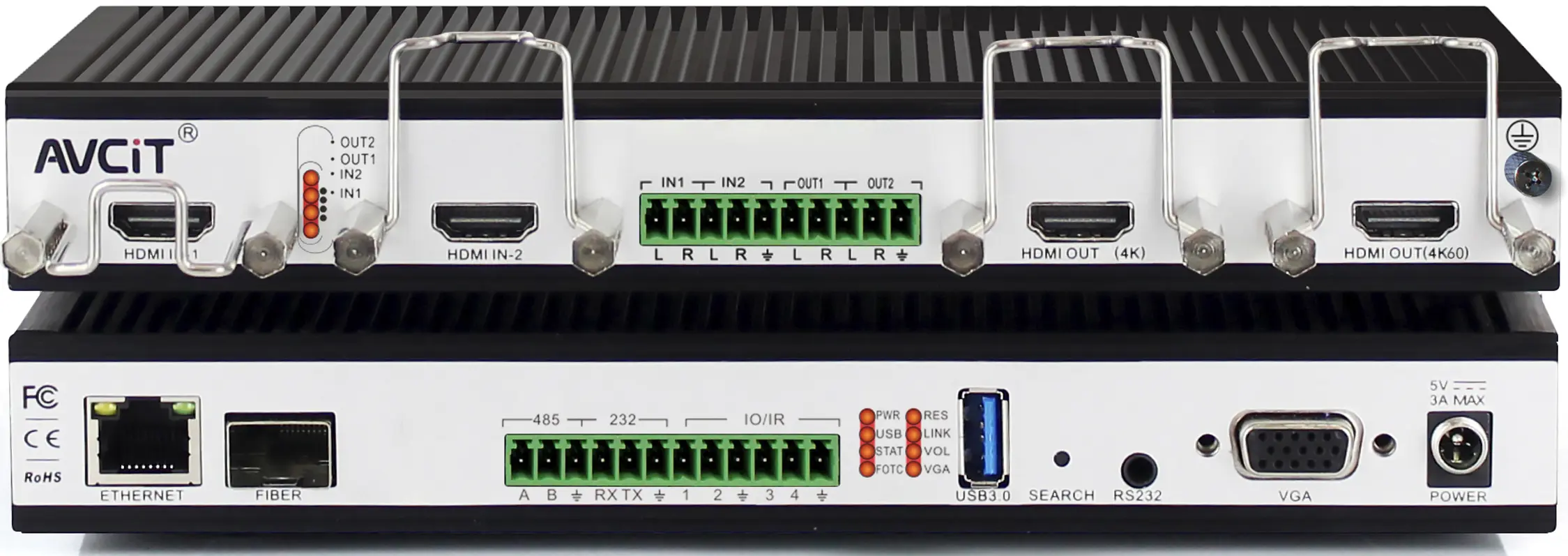 4K HDMI Dual Channel Codec
4K HDMI Dual Channel Codec
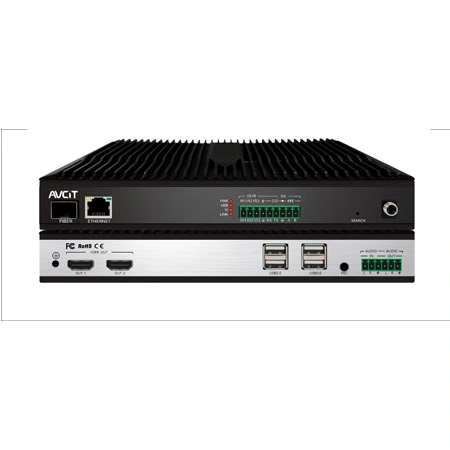 8K HDMI Decoder
8K HDMI Decoder
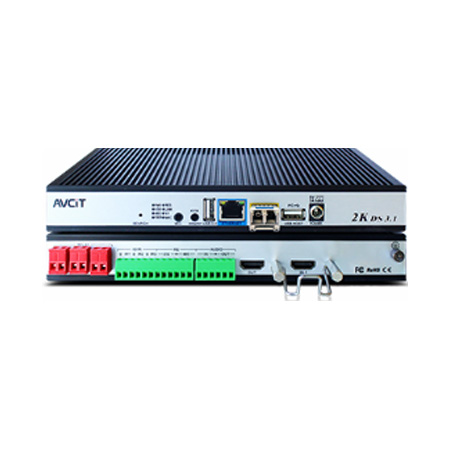 2K KVM Encoder - HDMI
2K KVM Encoder - HDMI
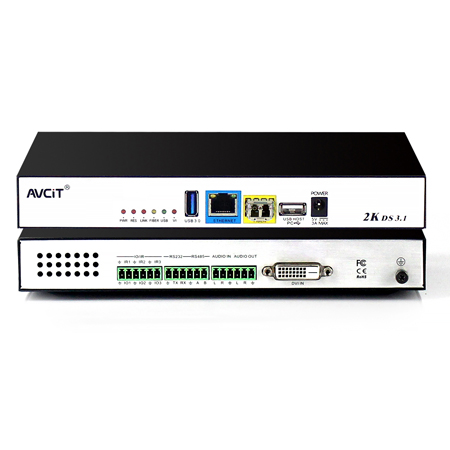 2K KVM Encoder - DVI
2K KVM Encoder - DVI
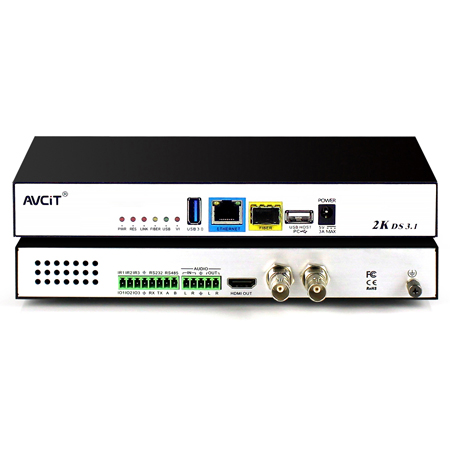 2K KVM Encoder - SDI
2K KVM Encoder - SDI
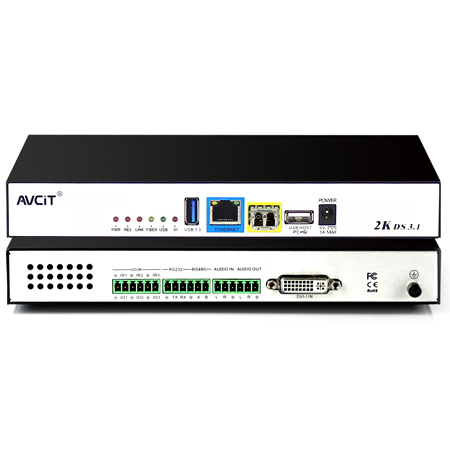 2K KVM Encoder - DVI-I(VGA)
2K KVM Encoder - DVI-I(VGA)
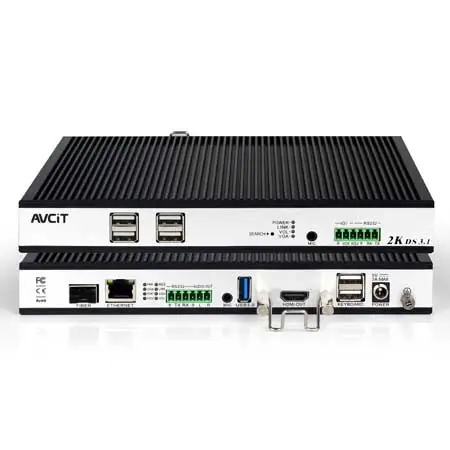 2K KVM Decoder - HDMI
2K KVM Decoder - HDMI
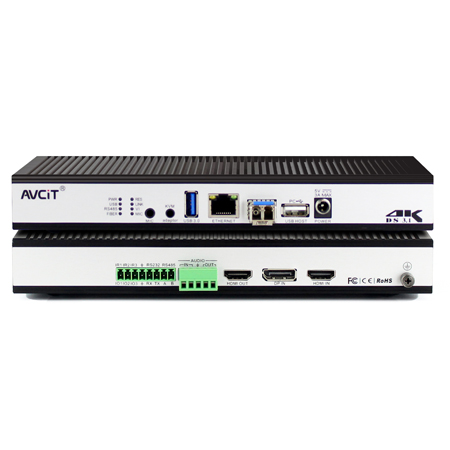 4K KVM Encoder - HDMI + DP
4K KVM Encoder - HDMI + DP
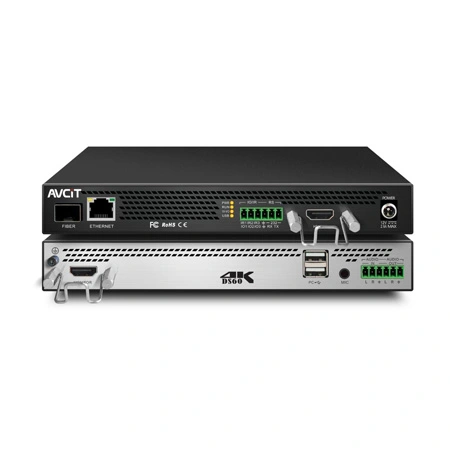 4K@60 KVM Encoder - HDMI
4K@60 KVM Encoder - HDMI
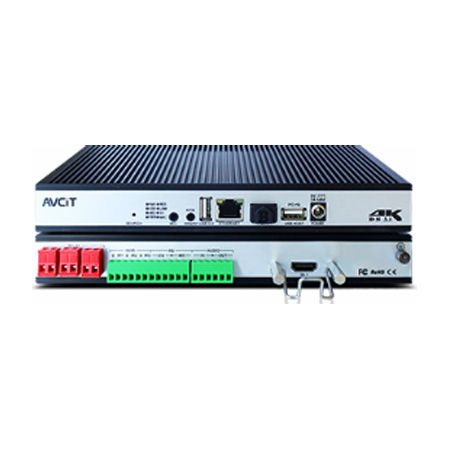 4K KVM Encoder - HDMI + HDMI
4K KVM Encoder - HDMI + HDMI
 4K KVM Encoder - HDMI
4K KVM Encoder - HDMI
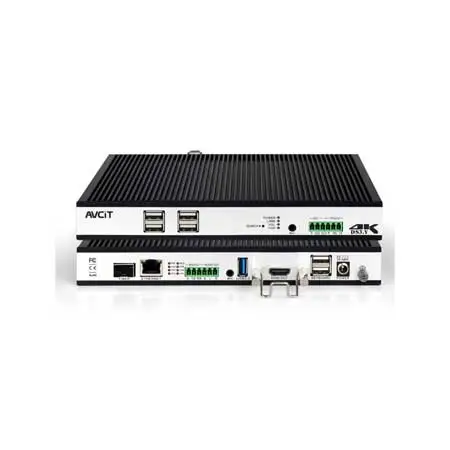 4K KVM Decoder - HDMI
4K KVM Decoder - HDMI
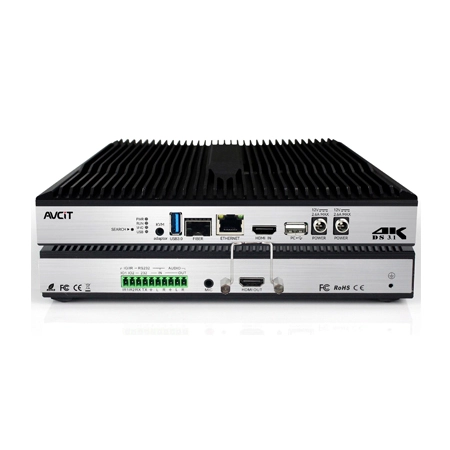 4K60 4:4:4 KVM Encoder - HDMI
4K60 4:4:4 KVM Encoder - HDMI
 4K60 4:4:4 KVM Decoder-HDMI
4K60 4:4:4 KVM Decoder-HDMI
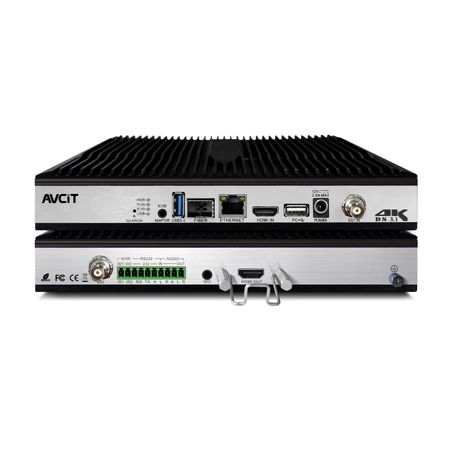 4K60 4:4:4 KVM Encoder - HDMI + SDI
4K60 4:4:4 KVM Encoder - HDMI + SDI
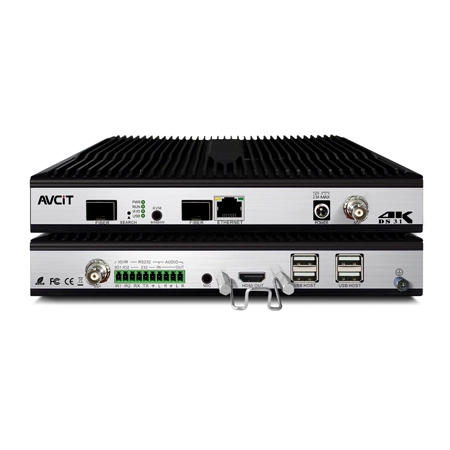 4K60 4:4:4 KVM Decoder - HDMI + SDI
4K60 4:4:4 KVM Decoder - HDMI + SDI
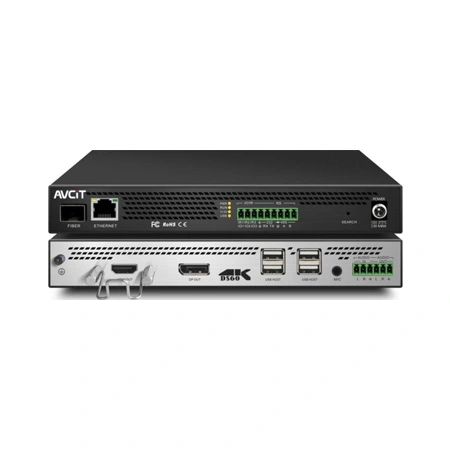 5K KVM Decoder - HDMI +DP
5K KVM Decoder - HDMI +DP
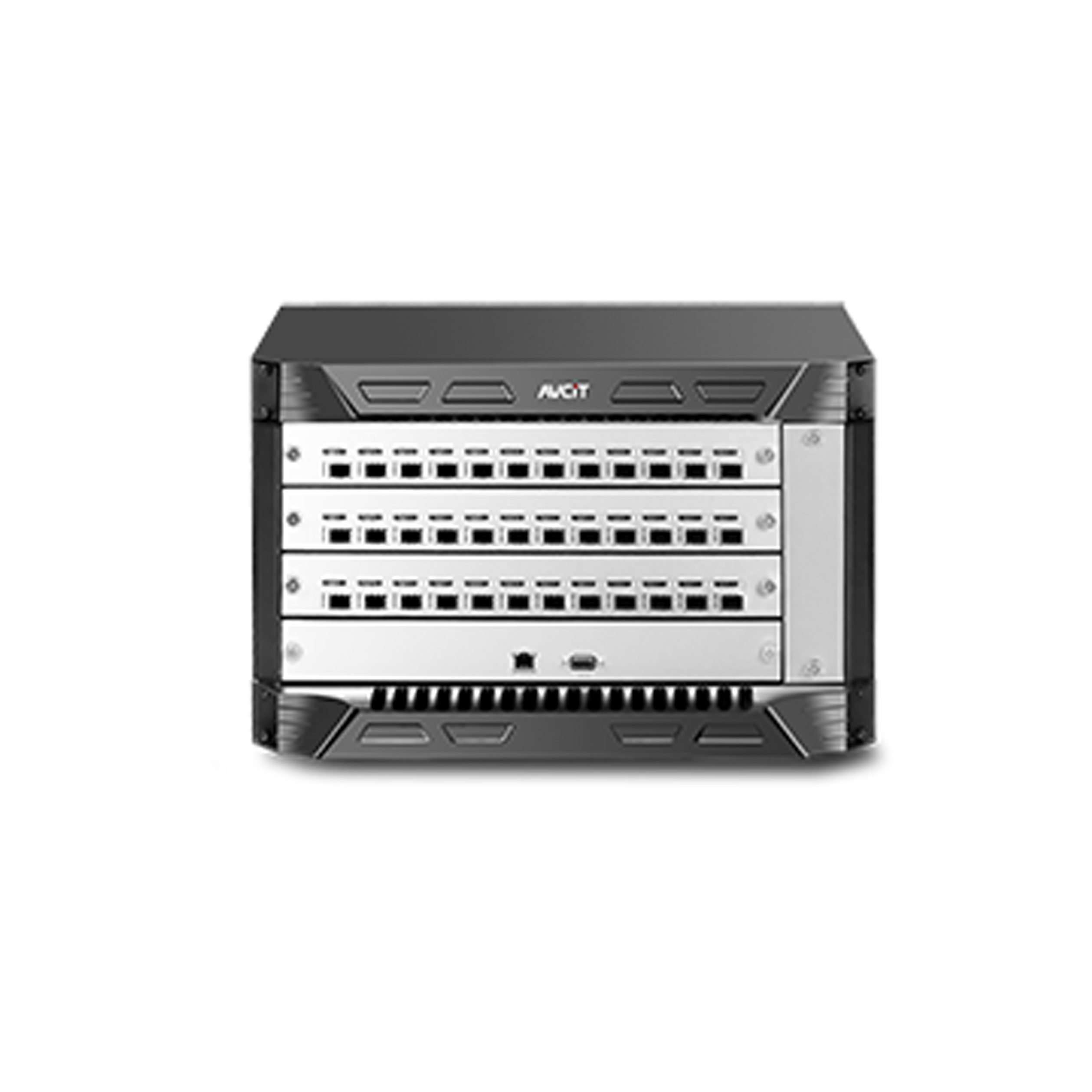 Phinx-36 Ports Fiber KVM Matrix
Phinx-36 Ports Fiber KVM Matrix
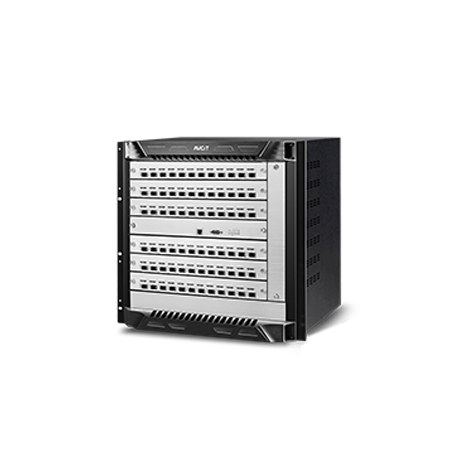 Phinx-72 Ports Fiber KVM Matrix
Phinx-72 Ports Fiber KVM Matrix
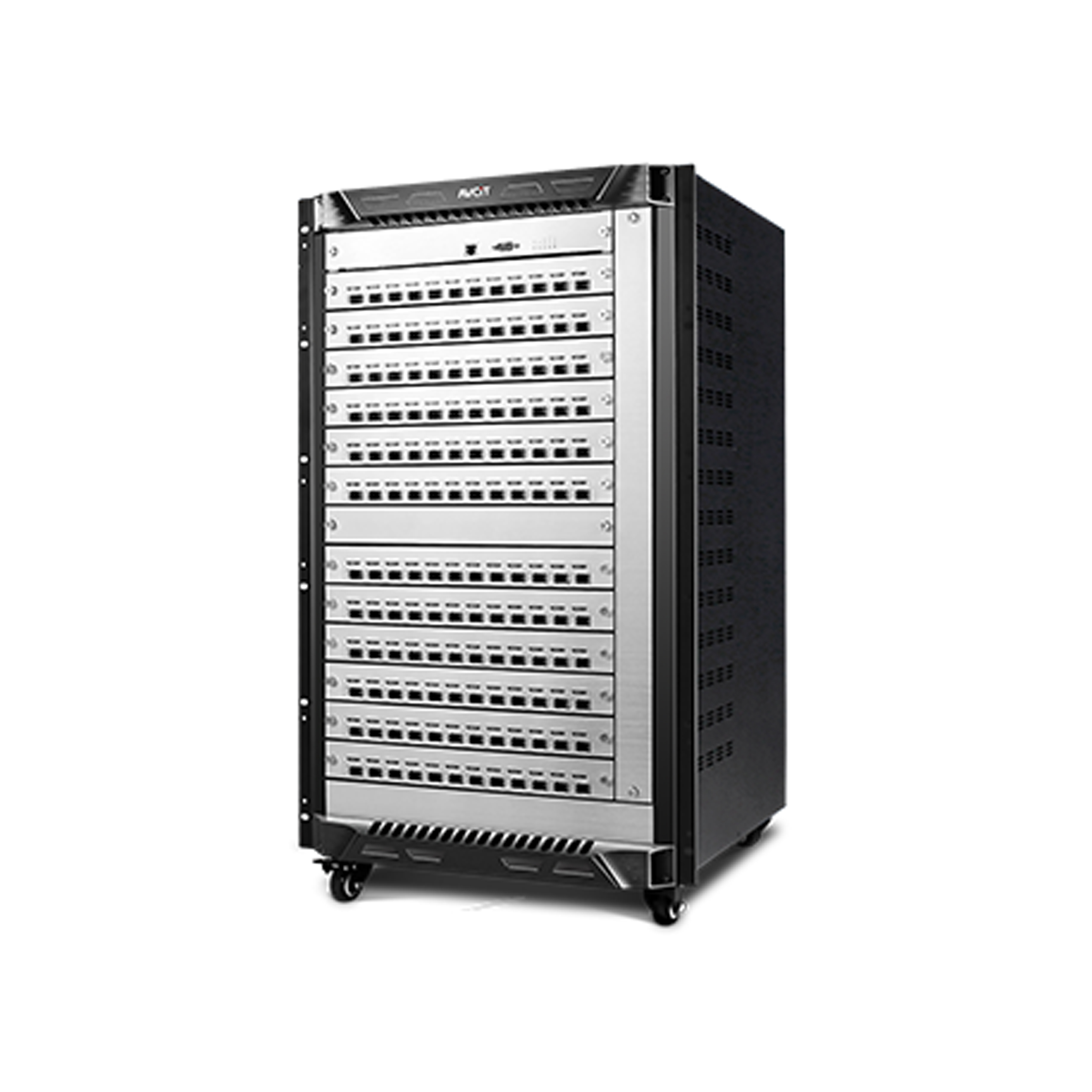 Phinx-144 Ports Fiber KVM Matrix
Phinx-144 Ports Fiber KVM Matrix
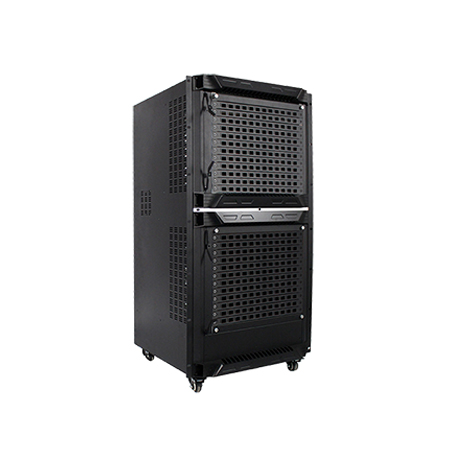 Phinx-288 Ports Fiber KVM Matrix
Phinx-288 Ports Fiber KVM Matrix
 Phinx-576 Ports Fiber KVM Matrix
Phinx-576 Ports Fiber KVM Matrix
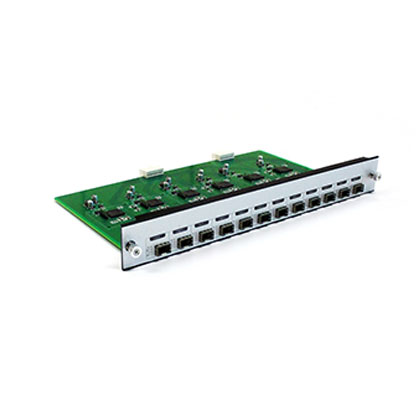 Phinx - I/O SFP Module Card
Phinx - I/O SFP Module Card
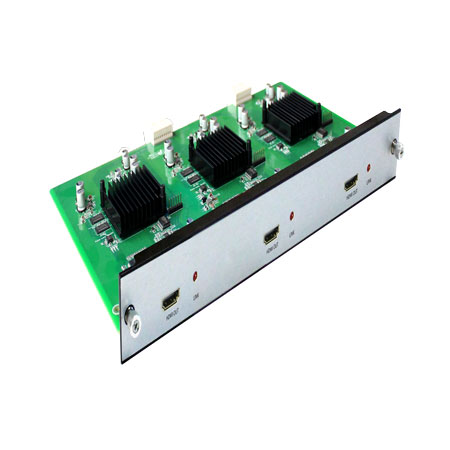 Phinx - Video Wall Control Card
Phinx - Video Wall Control Card
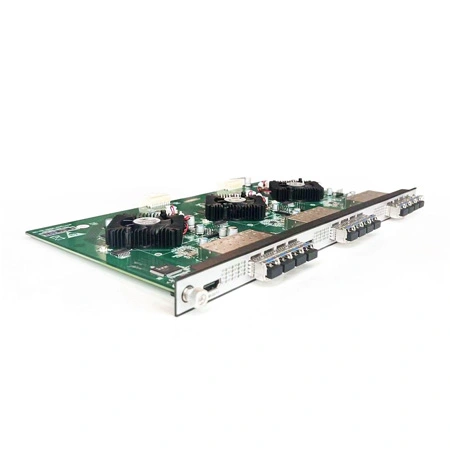 Phinx- Video Wall & SFP Card
Phinx- Video Wall & SFP Card
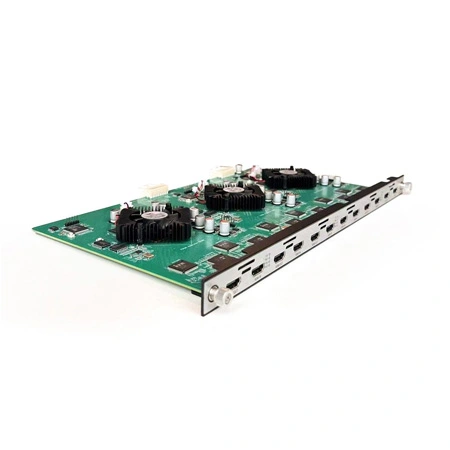 Phinx- Video Card(6IN6OUT)
Phinx- Video Card(6IN6OUT)
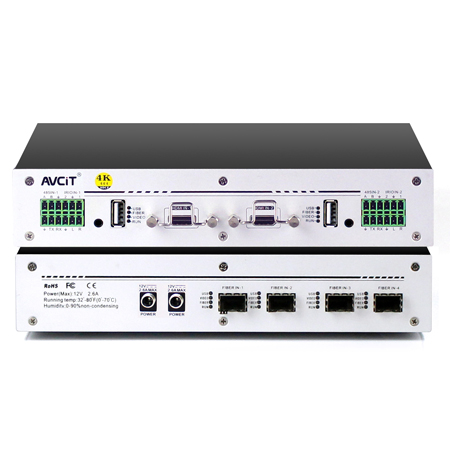 4K KVM Transmitter-HDMI
4K KVM Transmitter-HDMI
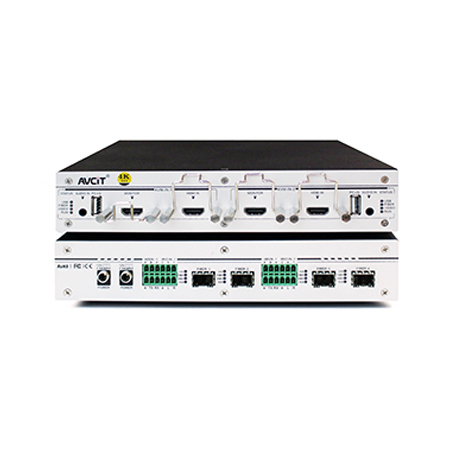 4K KVM Transmitter-HDMI+HDMI LOOP
4K KVM Transmitter-HDMI+HDMI LOOP
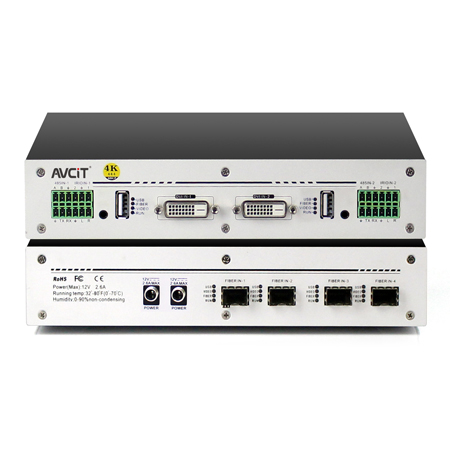 4K KVM Transmitter-DVI
4K KVM Transmitter-DVI
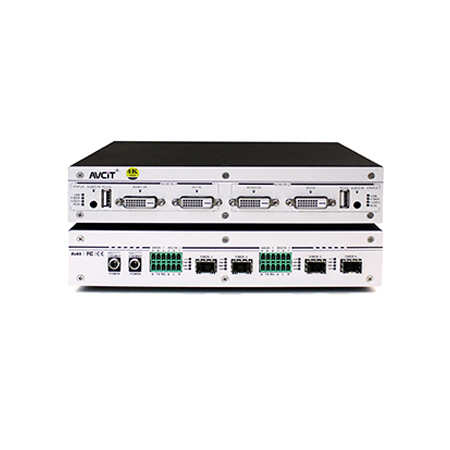 4K KVM Transmitter-DVI+DVI LOOP
4K KVM Transmitter-DVI+DVI LOOP
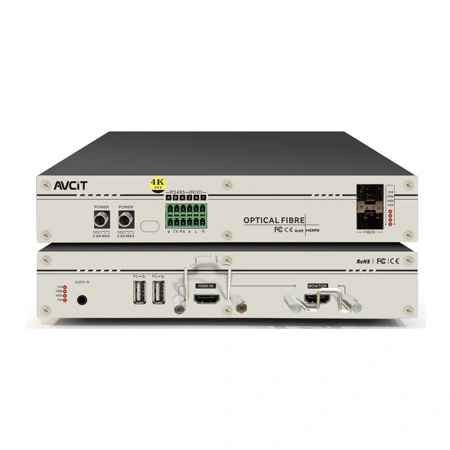 4K60 KVM Transmitter - HDMI
4K60 KVM Transmitter - HDMI
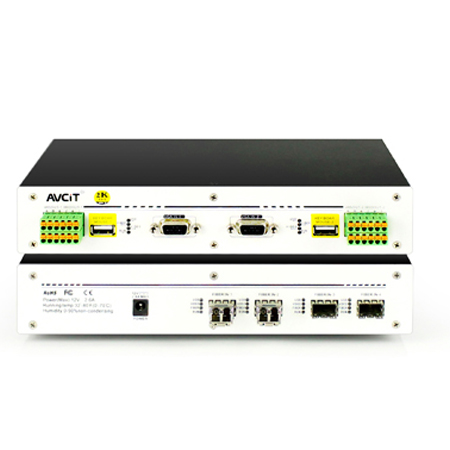 2K KVM Transmitter-VGA
2K KVM Transmitter-VGA
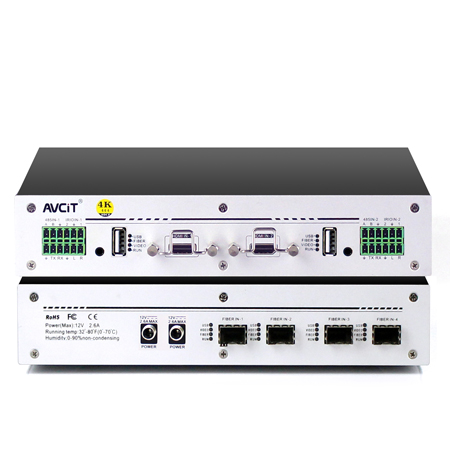 4K KVM Receiver-HDMI
4K KVM Receiver-HDMI
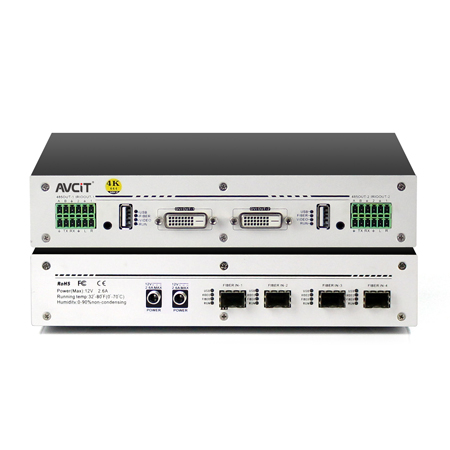 4K KVM Receiver-DVI
4K KVM Receiver-DVI
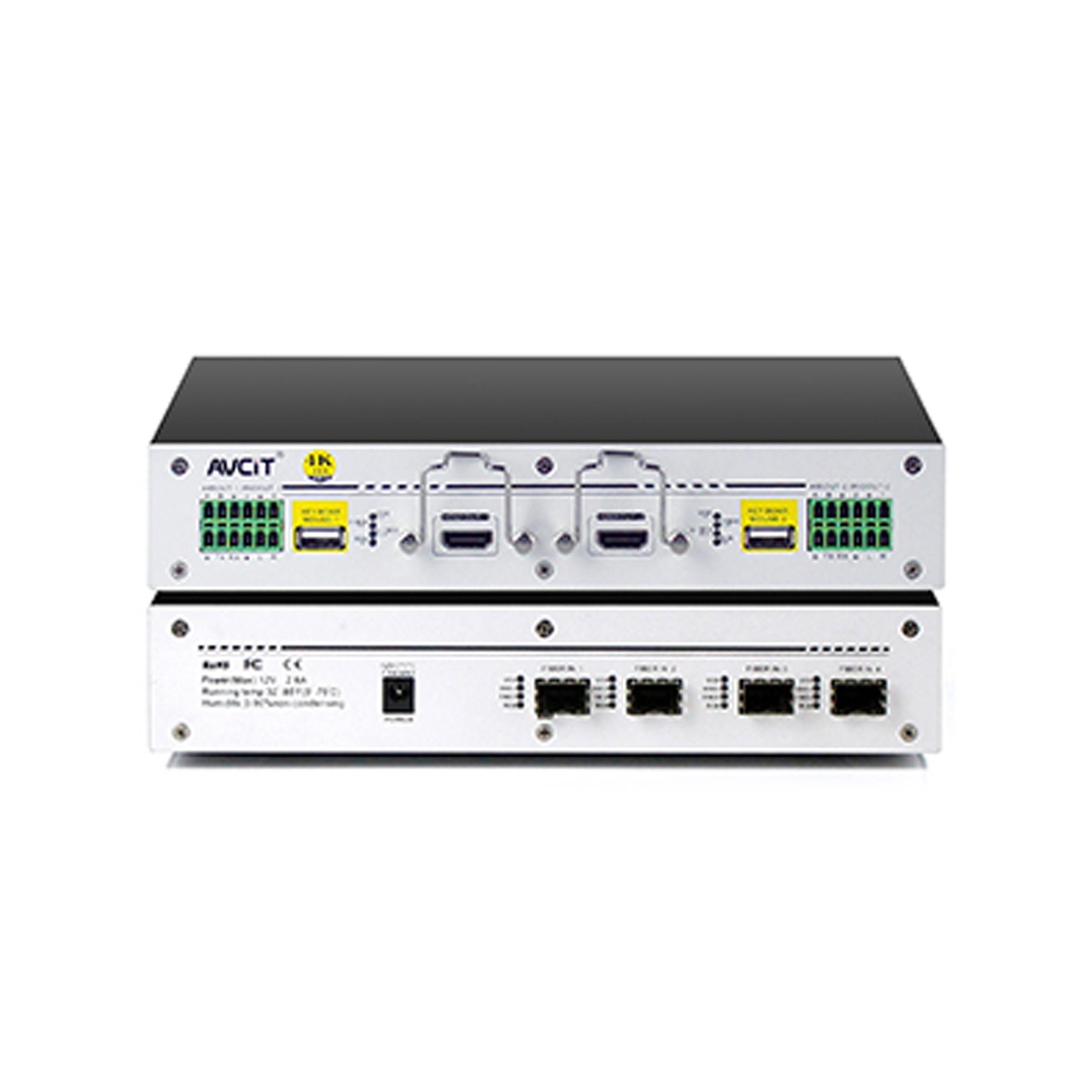 Quad-view KVM Receiver-HDMI
Quad-view KVM Receiver-HDMI
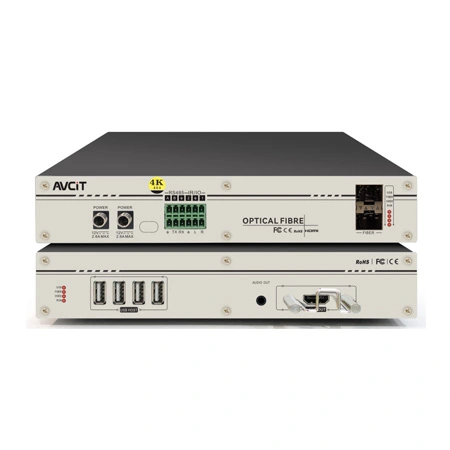 4K60 KVM Receiver - HDMI
4K60 KVM Receiver - HDMI
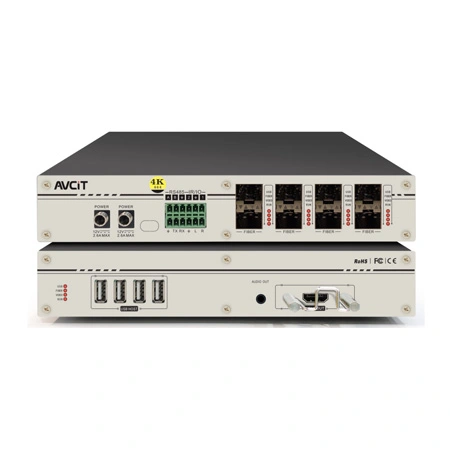 4K60 Quad-view KVM Receiver
4K60 Quad-view KVM Receiver
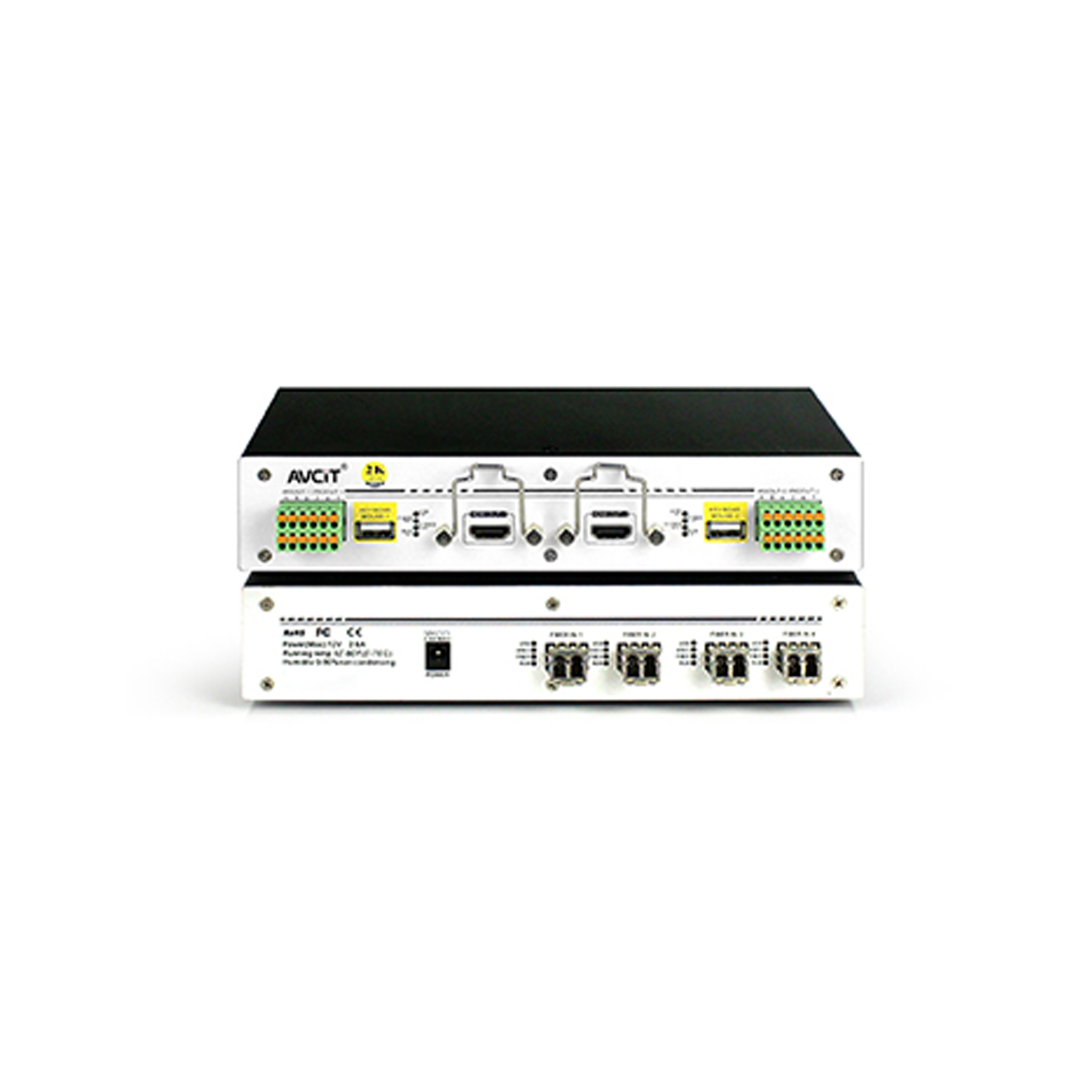 2K KVM Receiver-HDMI
2K KVM Receiver-HDMI
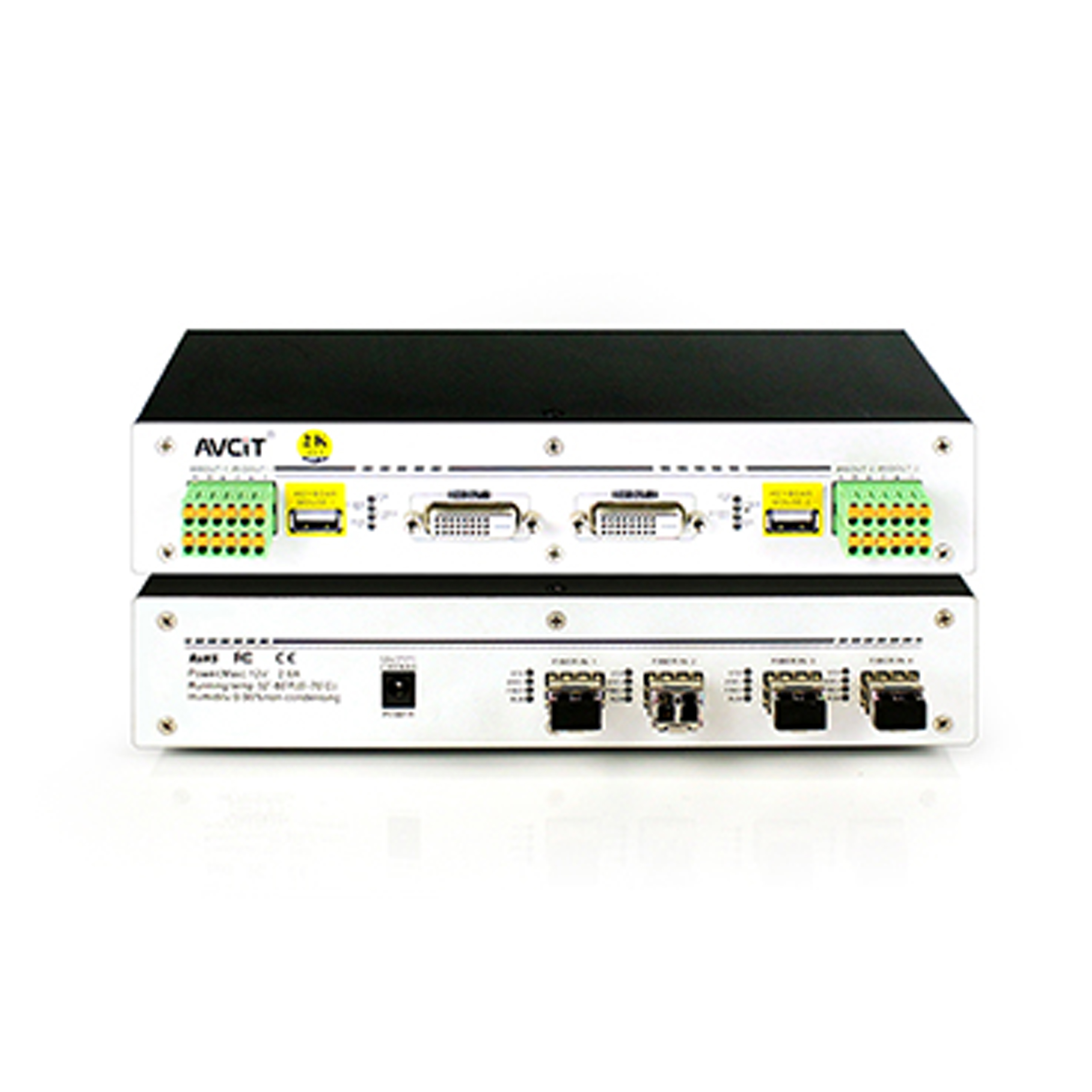 2K KVM Receiver-DVI
2K KVM Receiver-DVI
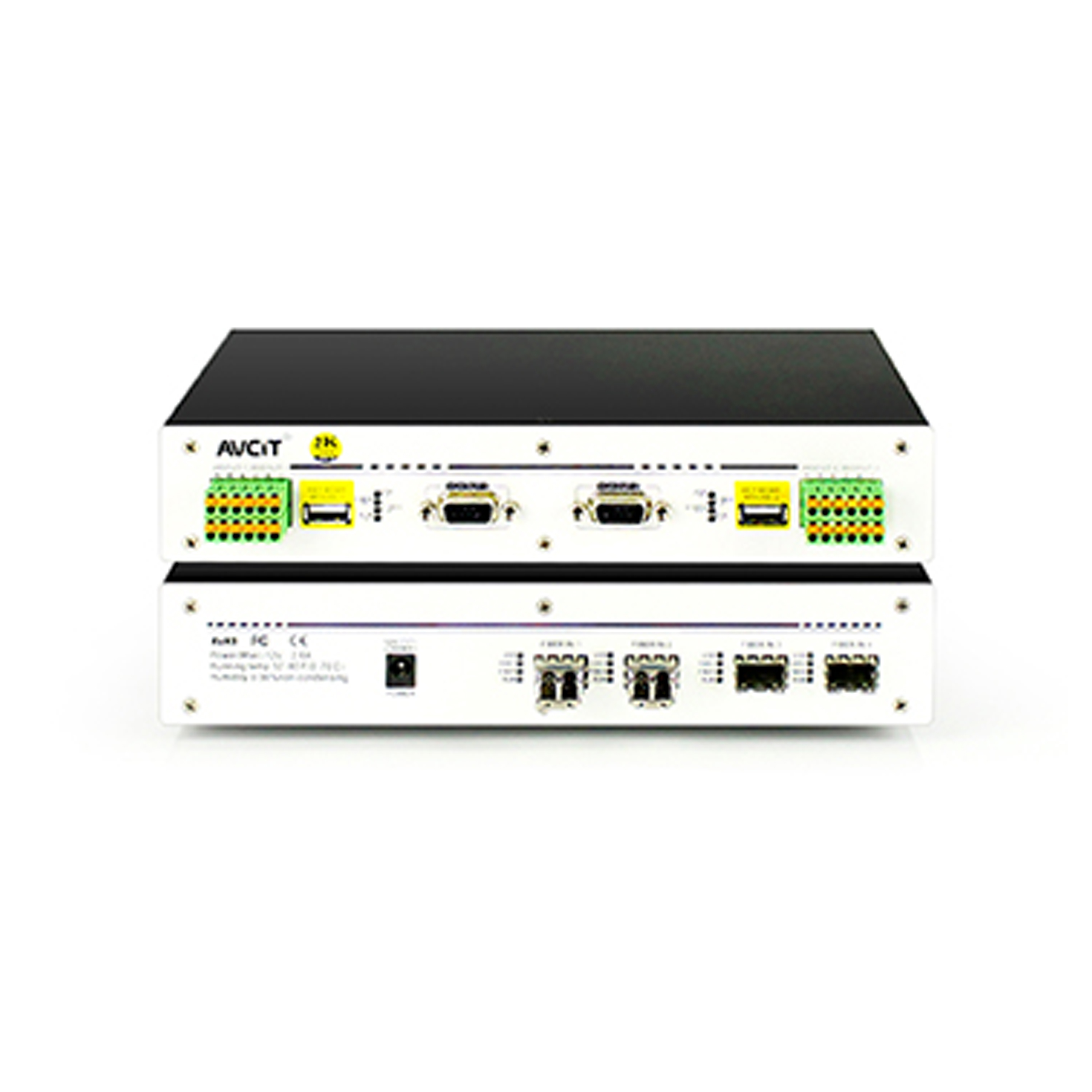 2K KVM Receiver-VGA
2K KVM Receiver-VGA
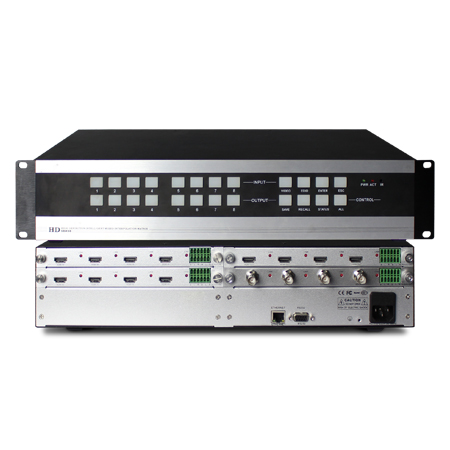 2K Video Wall Matrix - 8x8
2K Video Wall Matrix - 8x8
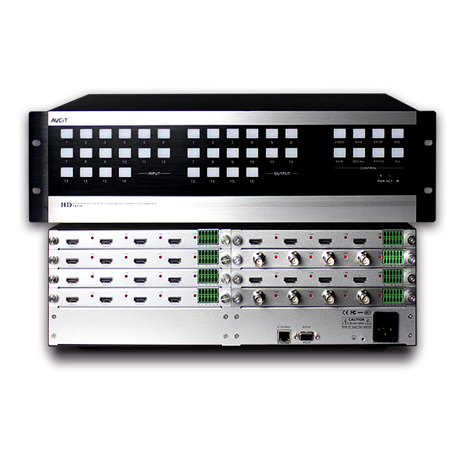 2K Video Wall Matrix - 16x16
2K Video Wall Matrix - 16x16
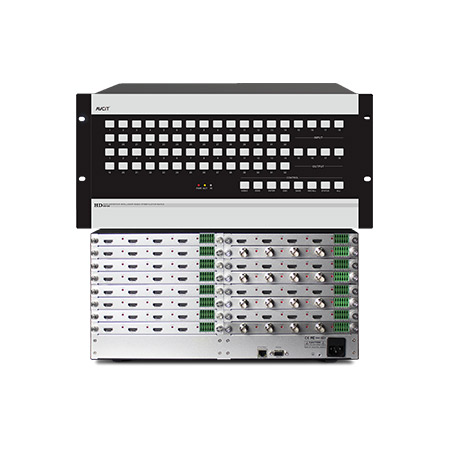 2K Video Wall Matrix - 32x32
2K Video Wall Matrix - 32x32
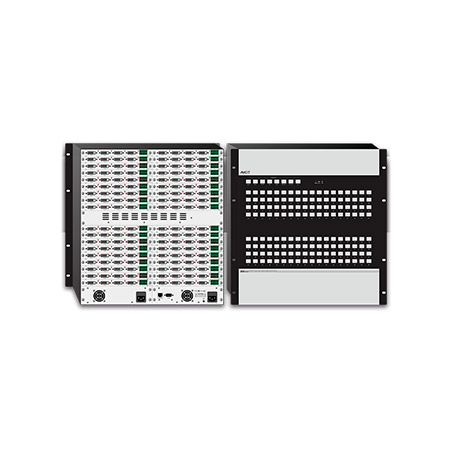 2K Video Wall Matrix - 72x72
2K Video Wall Matrix - 72x72
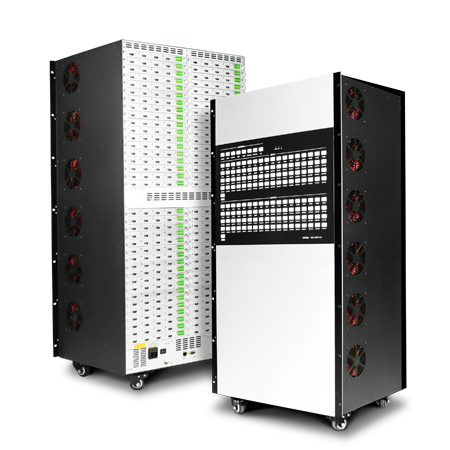 2K Video Wall Matrix - 144x144
2K Video Wall Matrix - 144x144
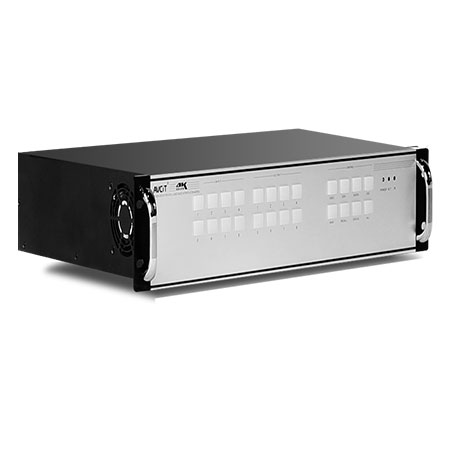 4K Video Matrix Switcher - 8x8
4K Video Matrix Switcher - 8x8
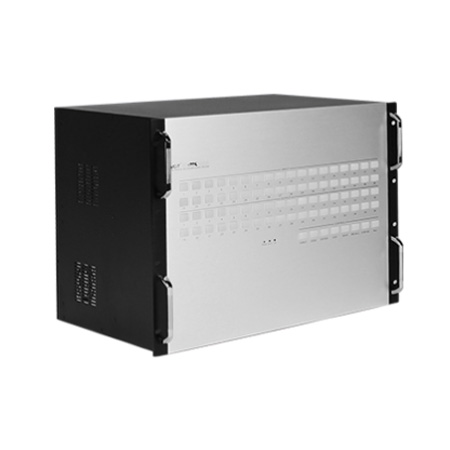 4K Video Matrix Switcher - 18x18
4K Video Matrix Switcher - 18x18
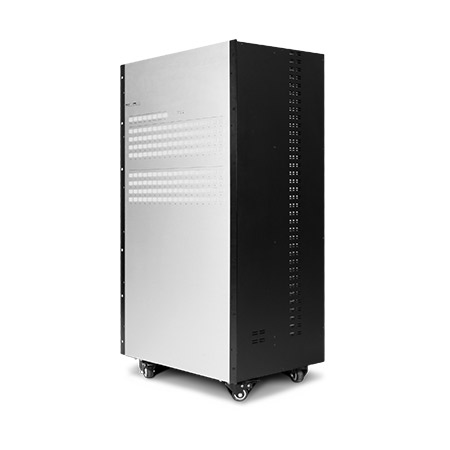 4K Video Matrix Switcher - 72x72
4K Video Matrix Switcher - 72x72
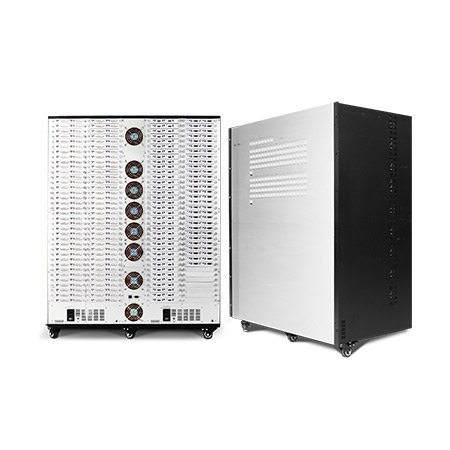 4K Video Matrix Switcher - 144x144
4K Video Matrix Switcher - 144x144
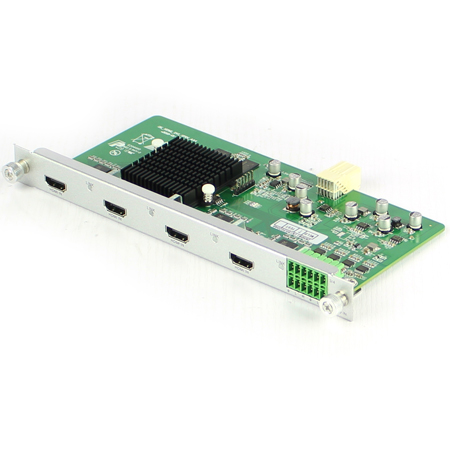 Mixing HD-2K HDMI Input Card
Mixing HD-2K HDMI Input Card
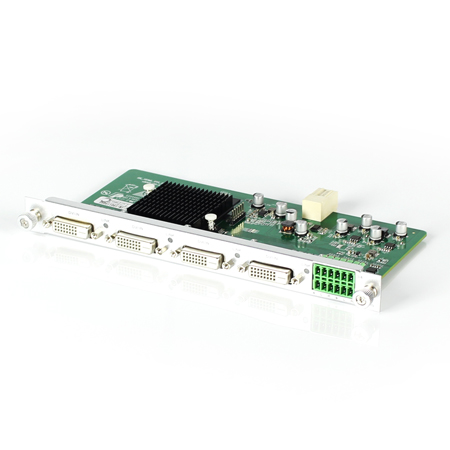 Mixing HD-2K DVI Input Card
Mixing HD-2K DVI Input Card
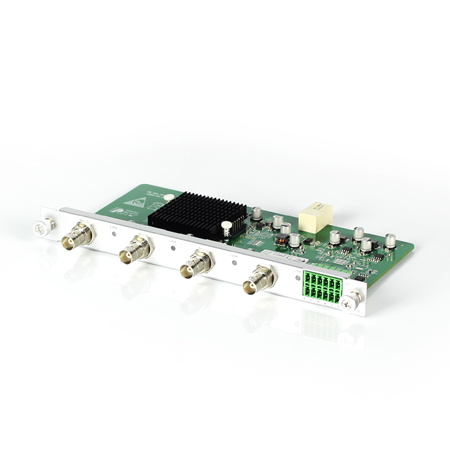 Mixing HD-2K SDI Input Card
Mixing HD-2K SDI Input Card
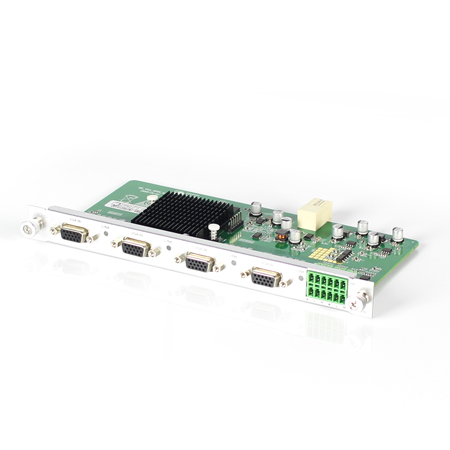 Mixing HD-2K VGA Input Card
Mixing HD-2K VGA Input Card
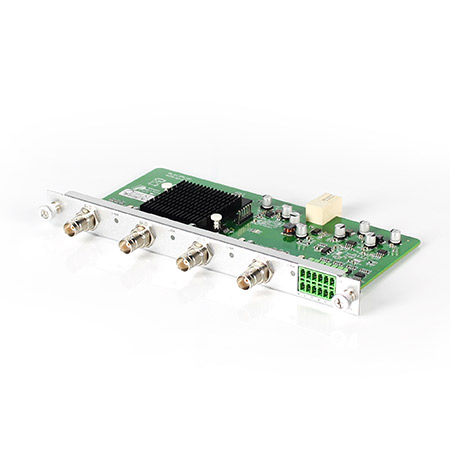 Mixing HD-2K AV Input Card
Mixing HD-2K AV Input Card
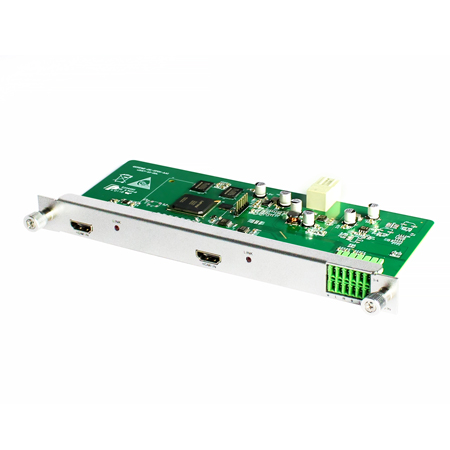 Mixing HD-HDMI UHD Input Card
Mixing HD-HDMI UHD Input Card
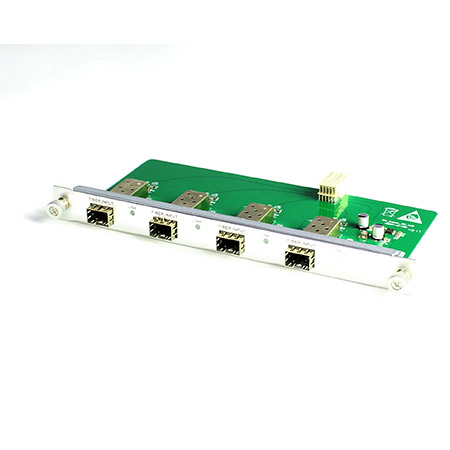 Mixing HD-Fiber Input Card
Mixing HD-Fiber Input Card
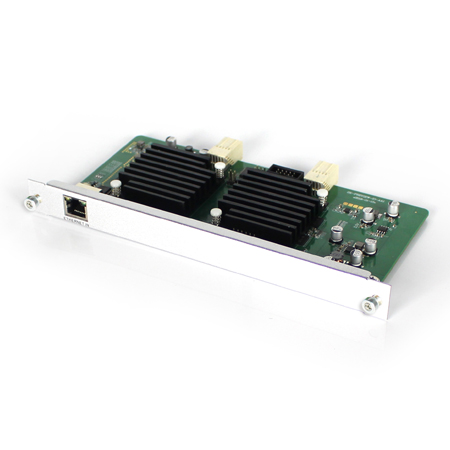 Mixing HD-IP Input Card
Mixing HD-IP Input Card
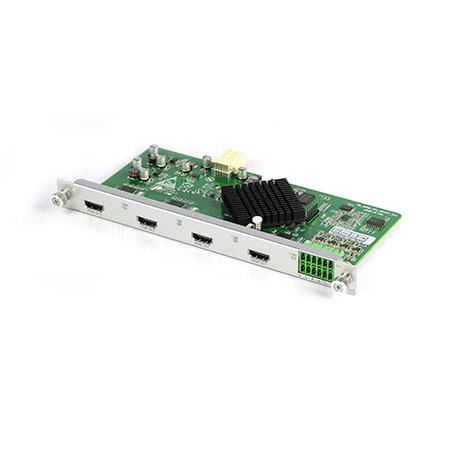 Mixing HD-HDMI Output Card
Mixing HD-HDMI Output Card
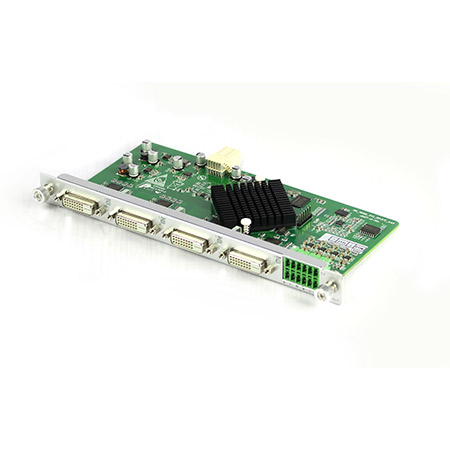 Mixing HD-DVI Output Card
Mixing HD-DVI Output Card
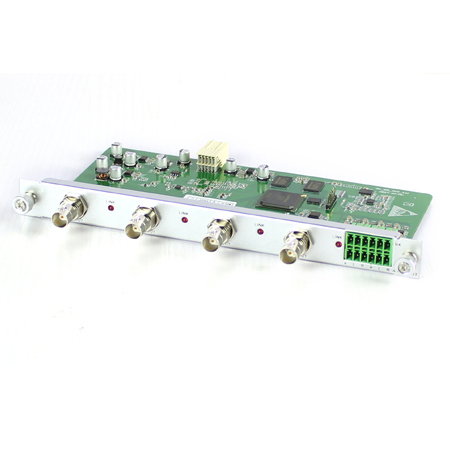 Mixing HD-SDI Output Card
Mixing HD-SDI Output Card
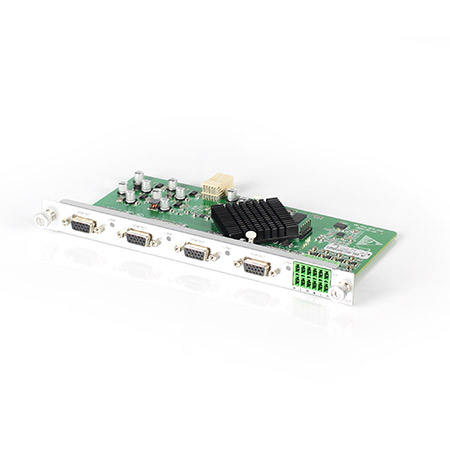 Mixing HD-VGA Output Card
Mixing HD-VGA Output Card
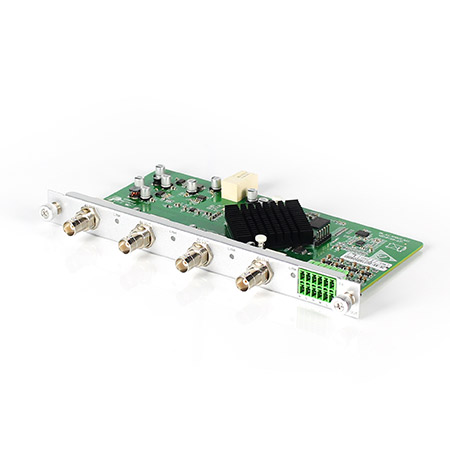 Mixing HD-AV Output Card
Mixing HD-AV Output Card
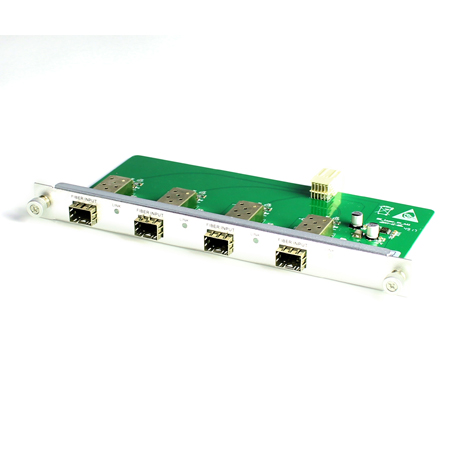 Mixing HD-Fiber Output Card
Mixing HD-Fiber Output Card
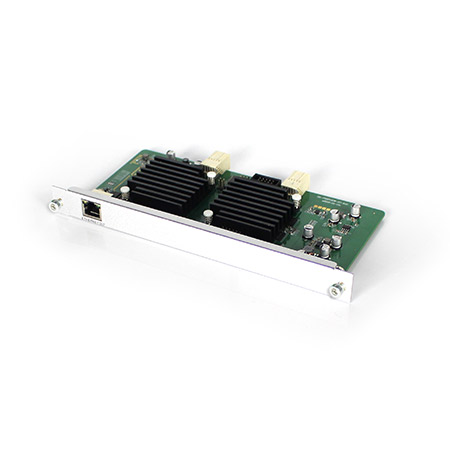 Mixing HD-IP Output Card
Mixing HD-IP Output Card
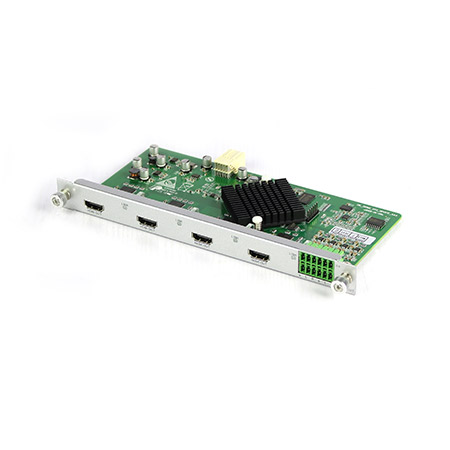 Mixing HD-HDMI Video Wall Control Card (1 channel)
Mixing HD-HDMI Video Wall Control Card (1 channel)
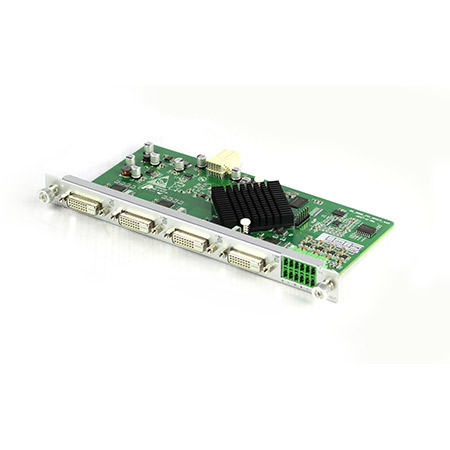 Mixing HD-DVI Video Wall Control Card (2 channel)
Mixing HD-DVI Video Wall Control Card (2 channel)
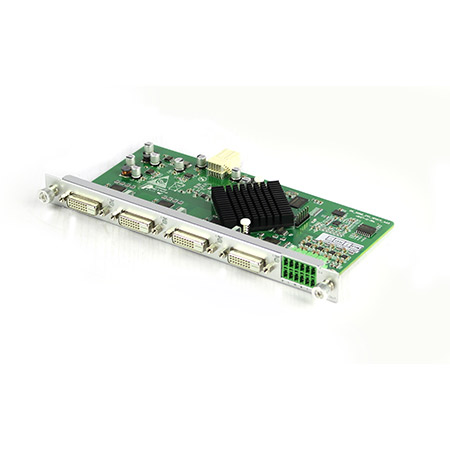 Mixing HD-DVI Video Wall Control Card (1 channel)
Mixing HD-DVI Video Wall Control Card (1 channel)
 Mixing UHD - HDMI Input Card
Mixing UHD - HDMI Input Card
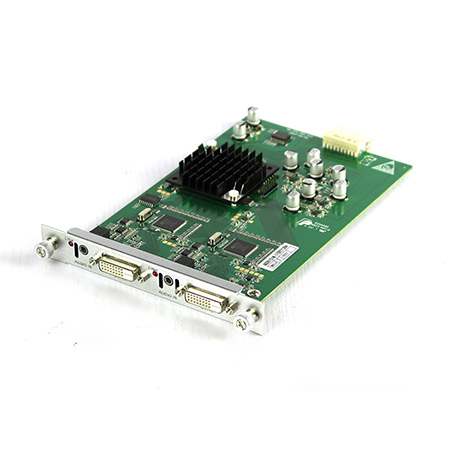 Mixing UHD - DVI Input Card
Mixing UHD - DVI Input Card
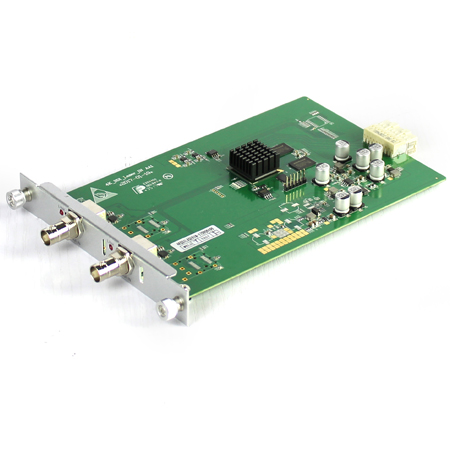 Mixing UHD - SDI Input Card
Mixing UHD - SDI Input Card
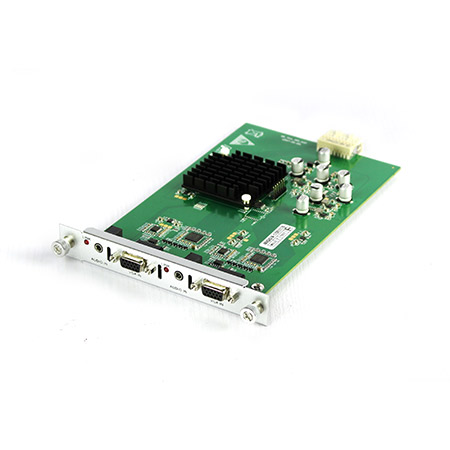 Mixing UHD - VGA Input Card
Mixing UHD - VGA Input Card
 Mixing UHD - AV Input Card
Mixing UHD - AV Input Card
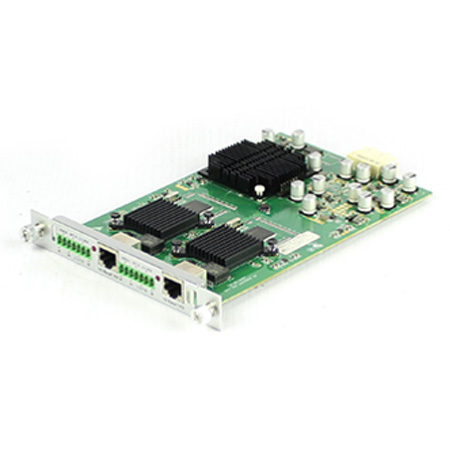 Mixing UHD - HDBT Input Card
Mixing UHD - HDBT Input Card
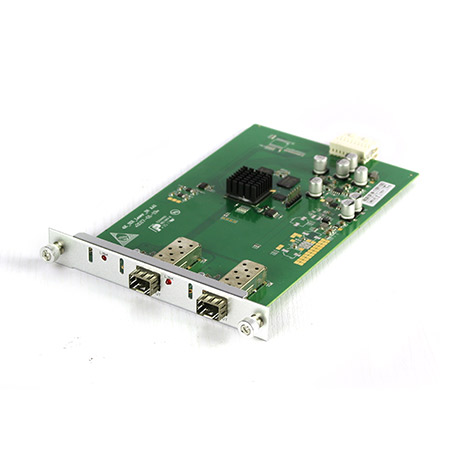 Mixing UHD - Fiber Input Card
Mixing UHD - Fiber Input Card
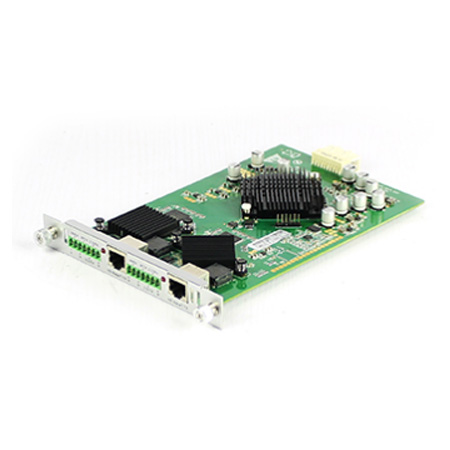 Mixing UHD - HDBT Output Card
Mixing UHD - HDBT Output Card
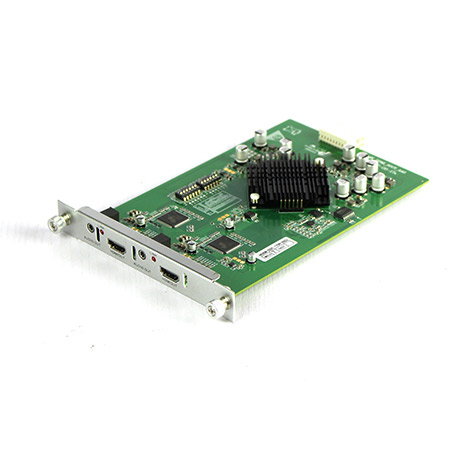 Mixing UHD - HDMI Output Card
Mixing UHD - HDMI Output Card
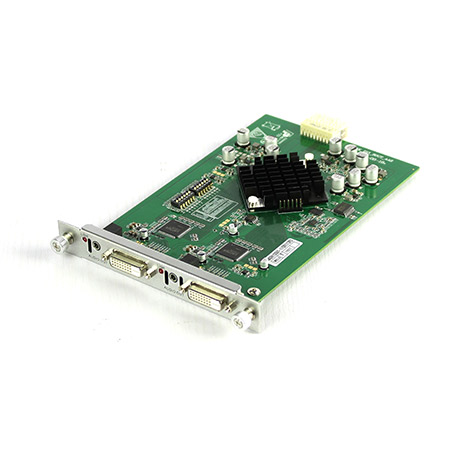 Mixing UHD - DVI Output Card
Mixing UHD - DVI Output Card
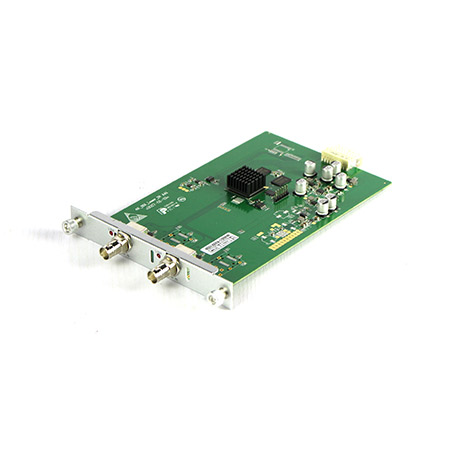 Mixing UHD - SDI Output Card
Mixing UHD - SDI Output Card
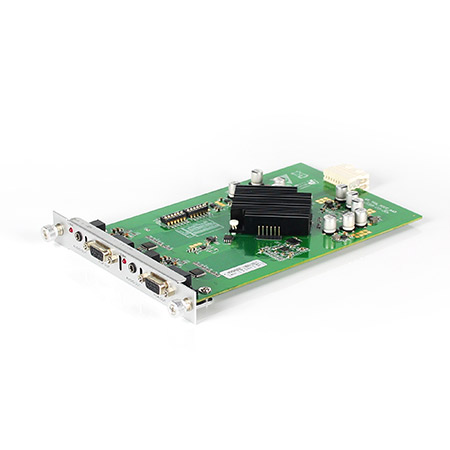 Mixing UHD - VGA Output Card
Mixing UHD - VGA Output Card
 Mixing UHD - AV Output Card
Mixing UHD - AV Output Card
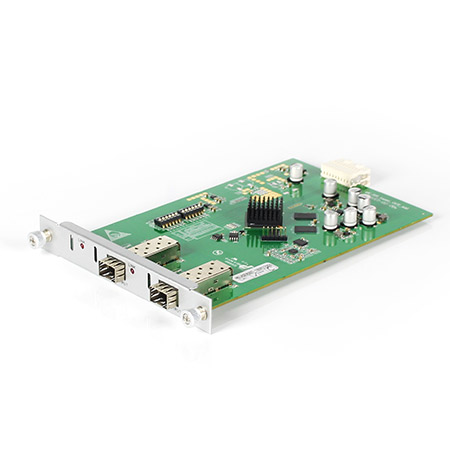 Mixing UHD - Fiber Output Card
Mixing UHD - Fiber Output Card
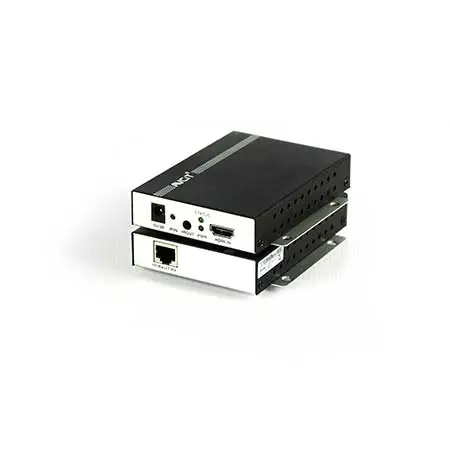 Mixing UHD - 4K HDBT Extender
Mixing UHD - 4K HDBT Extender
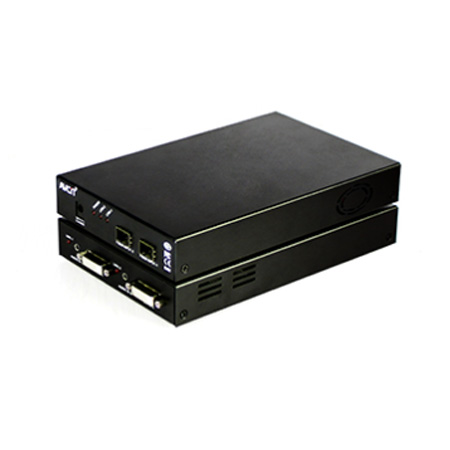 Mixing UHD - 4K Fiber Extender
Mixing UHD - 4K Fiber Extender
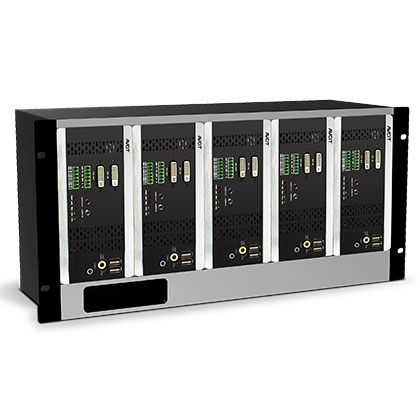 Rack Mounting Kit
Rack Mounting Kit
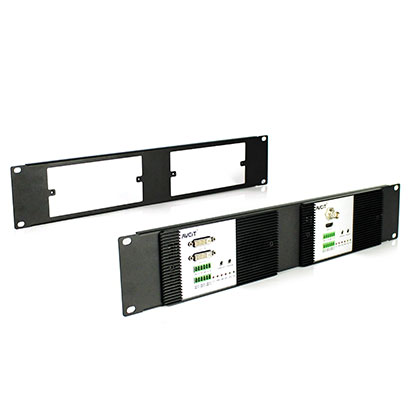 Wall Mounting Kit
Wall Mounting Kit













 EN
EN
 es
es  th
th 